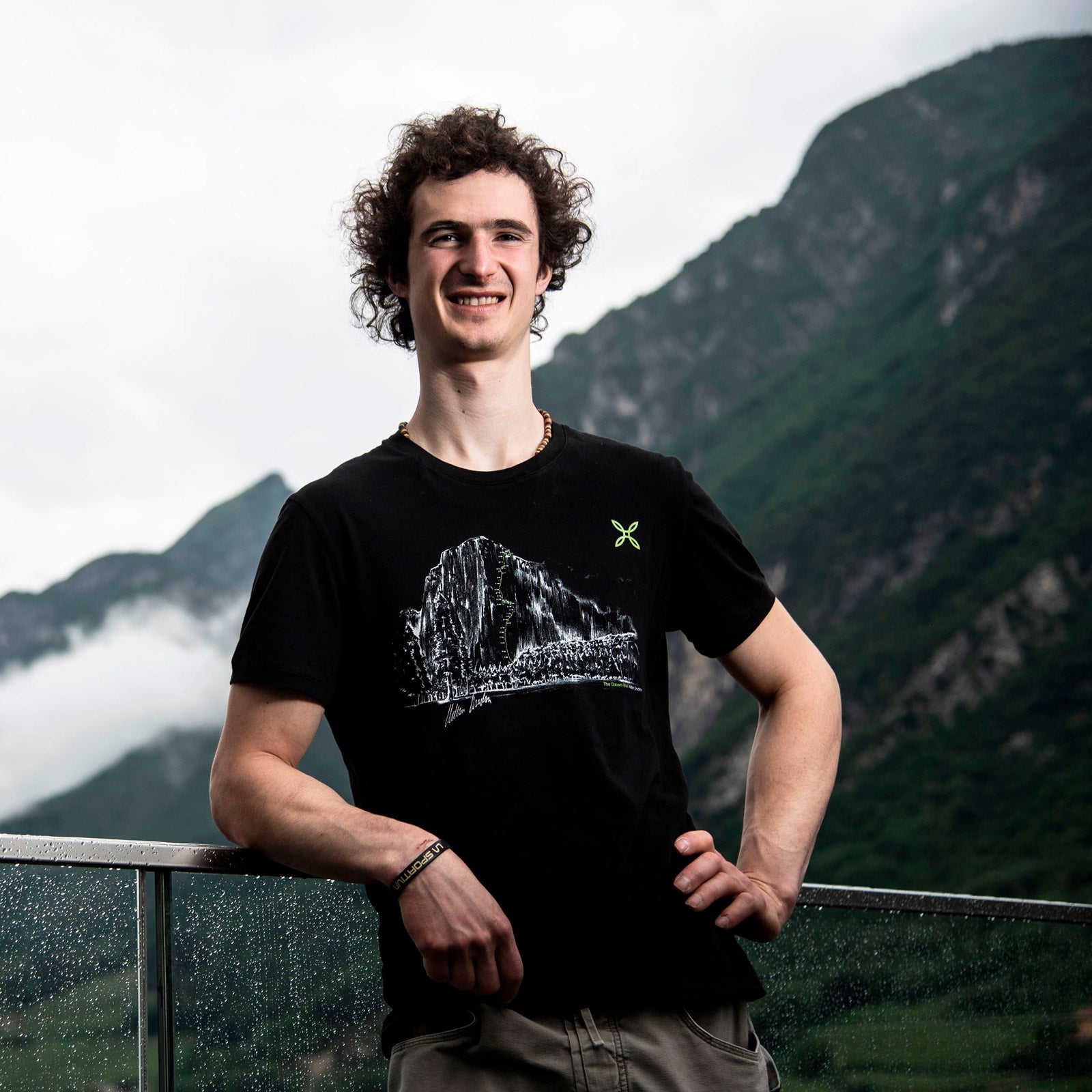Since 1961, when Royal Robbins, Tom Frost, and Chuck Pratt made the first ascent, the Salathè Wall on Yosemite's El Capitan��has stood as one of the pinnacles of big wall climbing. The first ascent crew split the climb into two trips: they��climbed��the first 900 feet in three and a half days, then came down on fixed lines. Several days later, they went back up the fixed lines and took another six days to finish the climb.
In 1997, Japanese climber����tried to onsight the route—which means they attempted��to climb it on his first try without any falls or prior knowledge of the line. Hirayama fell at the Teflon Corner, pitch number 24 of 35. If that pitch sounds familiar, it’s because the Salathè Wall shares approximately ’s terrain, the route Alex Honnold famously free soloed��in 2017 after years of practice. The two routes diverge at pitch number 29, the Headwall, with Freerider taking a slightly easier line.
Onsighting a route takes a particular set of skills.��Primarily a climber has to be incredibly good at reading difficult sequences of moves. But they’ve also got to be strong enough to hold on while they figure things out, or to downclimb to a rest when they’re a little unsure how to proceed. A single fall and the onsight doesn't count.��
Enter Adam Ondra, by far the best climber in the world. The 25-year-old Czech has onsighted routes as hard as 5.14d (the Salathe Wall is 5.13b), but had never onsighted anything��as massive as the 3,000-foot Salathè Wall.
Last weekend, he gave it a go. Starting at a minute past midnight, Ondra and his partner, Nico Favresse, made it up over 2,500 feet to the Headwall (the route’s crux) where Ondra fell twice.
“Some dreams came true yesterday, but the ultimate—the onsight—is not fulfilled,” Ondra��wrote on��. “And the nature of onsight is that it will never be fulfilled any more. It is only one try, lots of pressure in case of such a legendary route like Salathè��in Yosemite on El Capitan.”
With Ondra’s one chance gone, this monumental achievement��remains to be��accomplished.


